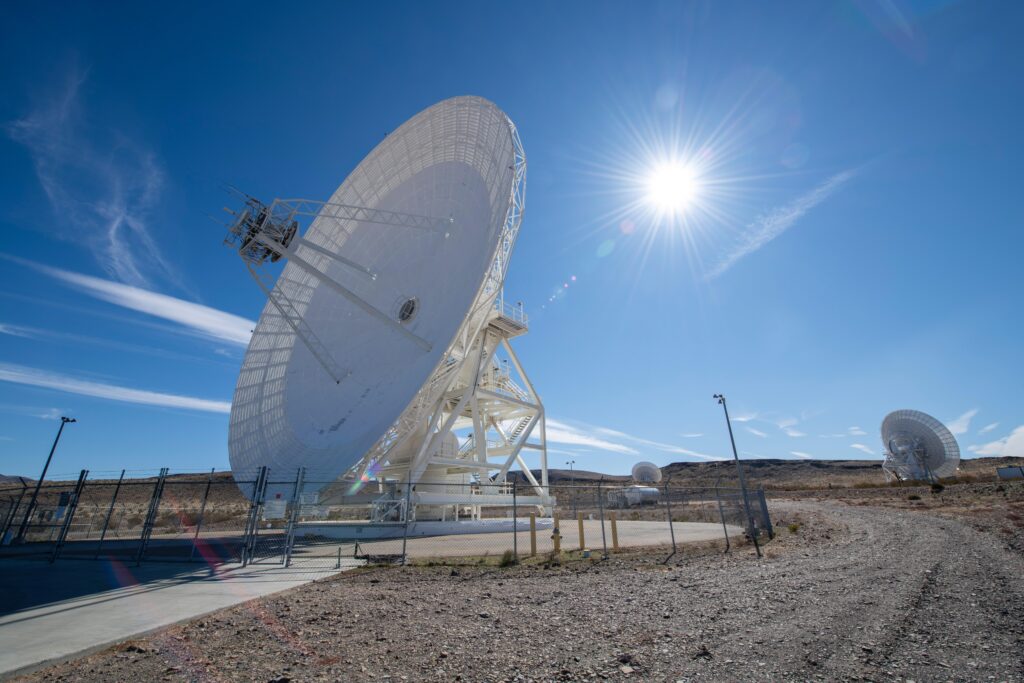“Mind-Blowing Discovery! Unearthed Cosmic Mystery in Milky Way – What’s Heavier Than Neutron Stars But Lighter Than Black Holes? 🌌🔍 #SpaceSecrets”
Identify: “astronomers find mysterious cosmic enigma in milky manner”
 In a exciting cosmic discovery, scientists from diverse institutions, consisting of the university of manchester and the max planck institute for radio astronomy in germany, stumbled upon a complicated object inside our very own milky way. This enigmatic discover weighs greater than the heaviest neutron stars we understand of however is lighter than the faintest black holes ever recognized.
In a exciting cosmic discovery, scientists from diverse institutions, consisting of the university of manchester and the max planck institute for radio astronomy in germany, stumbled upon a complicated object inside our very own milky way. This enigmatic discover weighs greater than the heaviest neutron stars we understand of however is lighter than the faintest black holes ever recognized.
Consider this: a unusual object, tucked away within the vastness of our galaxy, orbiting a millisecond pulsar located a whopping 40,000 light years away. Now, a millisecond pulsar is no regular celestial frame—it is a neutron megastar that spins at exceptional speeds, emitting pulses of radiation masses of instances according to 2nd.
Why is this discovery so fascinating? Nicely, it may be the primary-ever detection of a radio pulsar–black hollow binary gadget. This potential celestial duo ought to unlock doors to sparkling checks of einstein’s widespread relativity and offer us a better investigate the mysterious world of black holes.
Professor ben stappers, the lead researcher from the United Kingdom at the college of manchester, shares his exhilaration, announcing, “either opportunity for the character of the accomplice is interesting.” the partner right here may want to either be a heavy neutron big name or a black hole, each retaining the promise of showing new insights into the nation-states of nuclear physics and gravity.
Now, let’s delve into the cosmic mechanics a piece. Neutron stars, the dense remnants of deceased stars, fall apart once they gather an excessive amount of mass. What happens next has been a topic of hypothesis amongst scientists, with the winning concept being that they may remodel into black holes. The magic mass variety for a neutron megastar to collapse is believed to be 2.2 instances that of our sun.
 Here’s the catch: the lightest black holes born from these collapsed stars are a whole lot heftier, approximately 5 times the mass of the solar. This results in what scientists call the “black hollow mass hole,” a mysterious area that’s difficult to observe.
Here’s the catch: the lightest black holes born from these collapsed stars are a whole lot heftier, approximately 5 times the mass of the solar. This results in what scientists call the “black hollow mass hole,” a mysterious area that’s difficult to observe.
The latest discovery become made while astronomers were staring at a star cluster referred to as ngc 1851 the usage of the meerkat telescope. This cluster, placed within the columba constellation in the southern sky, is densely full of stars. The sort of crowded space permits for stellar interactions, disrupting orbits, and once in a while, main to intense activities like collisions.
The researchers accept as true with that the large item they have got stumbled upon is probably the end result of a collision between neutron stars inside this densely populated big name cluster. However, they cannot definitively say whether it is the heaviest neutron celebrity ever discovered, the lightest black hole, or maybe a wholly new and amazing type of megastar.
Of their quest to understand the unknown, scientists are hopeful that this discovery will assist get to the bottom of the mysteries of gadgets within the elusive black hole mass gap. The meerkat telescope, with its keen eye on ngc 1851, performed a pivotal role on this cosmic revelation.
Because the group delves deeper into their findings, they purpose to liberate the secrets of count below severe conditions within the universe. At the same time as the precise identification of this celestial accomplice remains a puzzle, it has absolutely unfolded a new avenue for exploration and understanding within the large cosmic landscape.
In the pages of the technological know-how journal, these findings have determined their location, marking a substantial breakthrough in our cosmic journey. The astronomers concerned eagerly look ahead to further observations and analyses, hoping to shine a mild on the houses of count inside the maximum intense corners of the universe. The cosmos, it seems, nonetheless has many surprises waiting to be unveiled by using the curious eyes of astronomers and the relentless gaze of powerful telescopes like meerkat.





1 COMMENTS